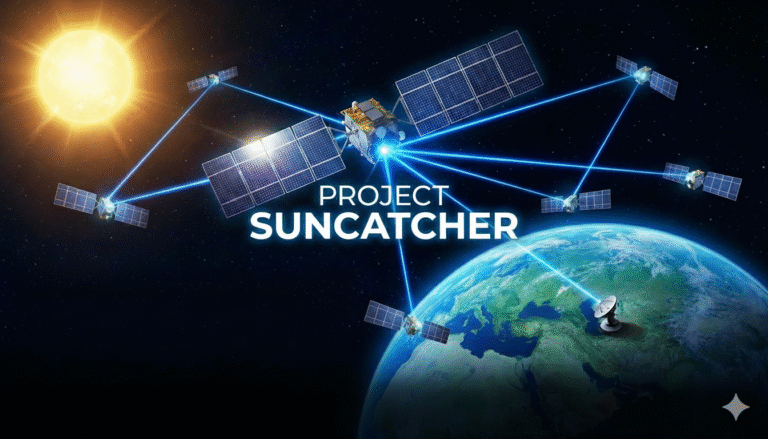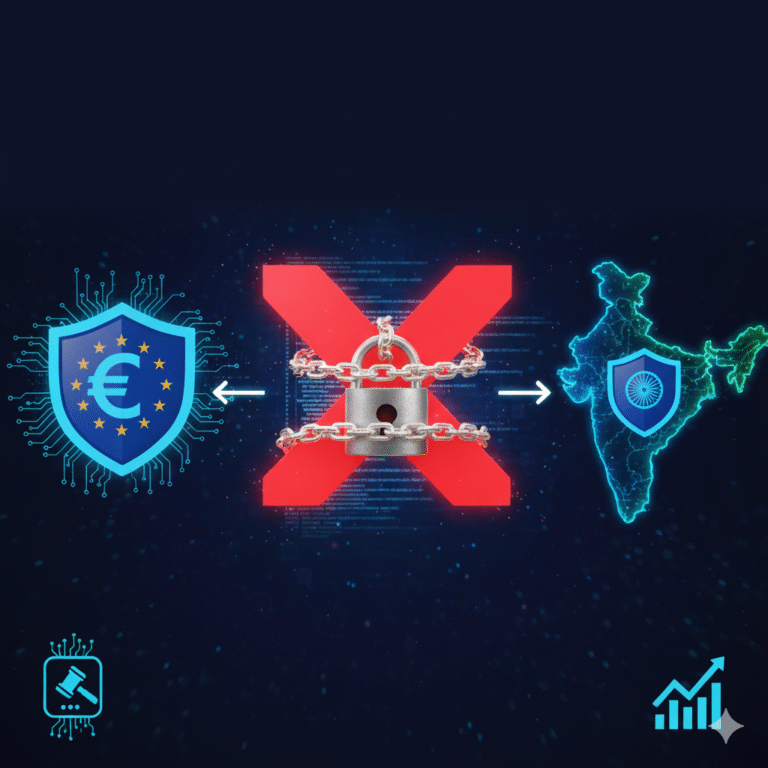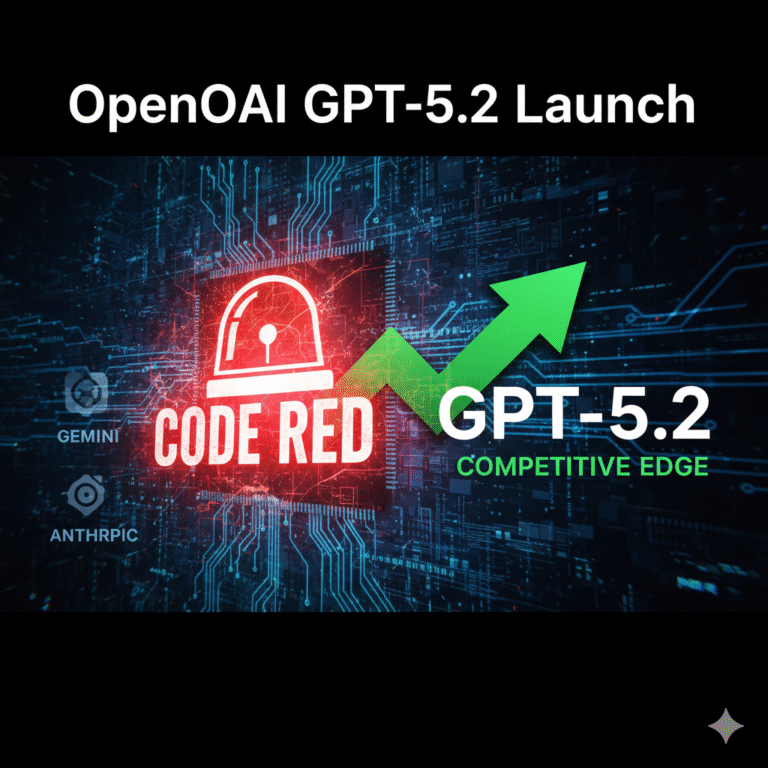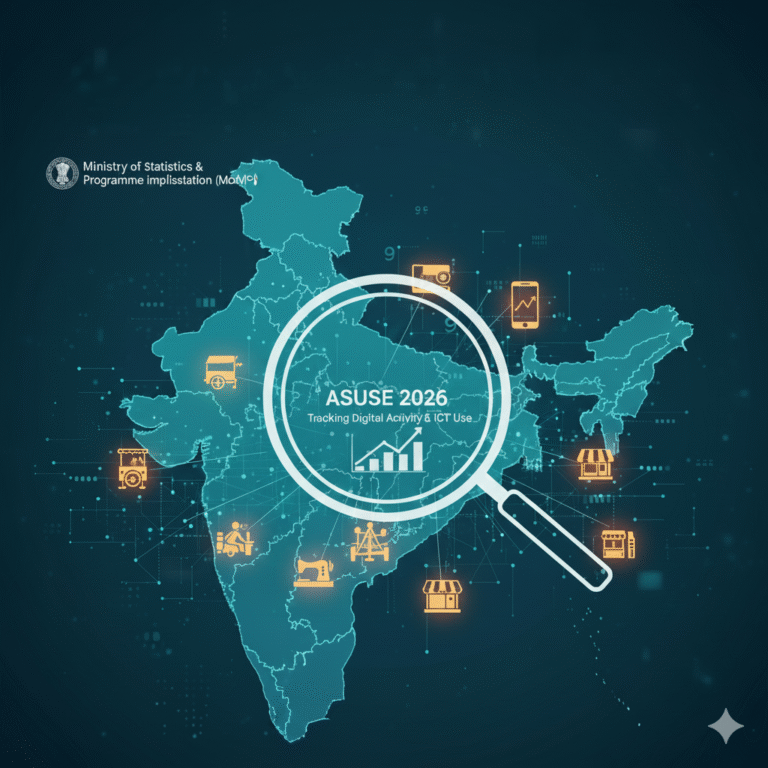India is undergoing a transformative shift in its transportation landscape. The launch of the PM Electric Drive Revolution in Innovative Vehicle Enhancement (PM e-DRIVE) scheme for 2024–2026 marks a new chapter in the country’s journey toward sustainable, electric mobility. With a budget allocation of ₹10,900 crore, this flagship initiative aims to make electric vehicles (EVs) more affordable, accessible, and practical for millions of Indians.
What sets PM e-DRIVE apart is its innovative Aadhaar-linked e-voucher system, which empowers consumers directly and simplifies subsidy disbursement. In addition to incentivizing electric two-wheelers, three-wheelers, buses, ambulances, and trucks, the scheme also invests heavily in charging infrastructure and testing capabilities.
Let’s explore how PM e-DRIVE is redefining India’s clean transport ecosystem, one electric vehicle at a time.
Aadhaar-Linked e-Vouchers: Empowering the Buyer
Unlike traditional subsidy models routed through manufacturers, PM e-DRIVE provides e-vouchers directly to eligible citizens. These vouchers are Aadhaar-linked, ensuring transparency, ease of access, and fraud prevention.
Key Benefits:
- Direct Benefit Transfer (DBT): Consumers can redeem e-vouchers directly at dealerships.
- Targeted Outreach: Benefits are targeted to low-income groups and priority segments (e.g., public transport drivers).
- Nationwide Dealer Network: All participating dealers are registered on the centralized portal.
By decentralizing benefits and involving end-users directly, this approach removes bureaucratic bottlenecks and improves uptake.
Scope of Vehicles Covered

The scheme offers subsidies on a wide range of electric vehicles:
- Electric Two-Wheelers and Three-Wheelers: Widely used by urban commuters and gig workers.
- Electric Buses and Ambulances: Supporting sustainable public transport and emergency services.
- Electric Trucks: A new addition aimed at decarbonizing India’s freight and logistics sector.
This inclusion of heavy-duty vehicles is a significant move, acknowledging that electrification of commercial fleets is essential for deep emissions cuts.
Infrastructure Push: Charging and Testing
India’s EV journey is incomplete without robust charging infrastructure and testing standards. PM e-DRIVE includes:
1. Public and Private EV Charging Stations
- Strategic deployment in urban and rural areas.
- Incentives for residential and workplace charging solutions.
2. Testing Facility Upgrades
- Grants to certified testing agencies for equipment and labs.
- Faster approval cycles for new EV models.
This dual focus ensures that both supply and demand are meeting with safety, quality, and accessibility in mind.
Digital Portal for Transparency and Efficiency
The scheme is managed through a central PM e-DRIVE portal, which connects:
- Dealers: Register eligible EVs and process e-voucher redemptions.
- OEMs: Upload vehicle details and certifications.
- Testing Agencies: Interface for compliance documentation.
This platform minimizes paperwork, streamlines communication, and ensures real-time tracking of funds and vehicle registrations.
Environmental and Economic Impacts
PM e-DRIVE isn’t just about technology — it’s a critical response to climate change and air pollution. Benefits include:
- Emission Reduction: Replacing ICE vehicles can save millions of tonnes of CO₂ annually.
- Energy Security: Reduces dependence on imported oil.
- Job Creation: Boosts EV manufacturing, maintenance, and charging sectors.
With India pledging net-zero emissions by 2070, such schemes help accelerate compliance with NDCs (Nationally Determined Contributions) under the Paris Agreement.
Challenges Ahead
Despite its strengths, PM e-DRIVE must navigate:
- Battery Cost Volatility: Global lithium and cobalt price fluctuations.
- Consumer Awareness: Limited understanding of EV benefits in rural areas.
- Grid Readiness: Need for stable, distributed energy systems to support mass EV charging.
Solutions may lie in promoting battery swapping, solar-powered chargers, and public education campaigns.
Conclusion
PM e-DRIVE is more than a subsidy program — it’s a comprehensive ecosystem enabler that addresses affordability, accessibility, and accountability in India’s EV transition. Its success could place India at the forefront of global clean mobility innovation.
From Aadhaar-linked e-vouchers to streamlined digital governance and a strong infrastructure backbone, the scheme reflects how good policy can fast-track change.
As India shifts gears toward an electric future, PM e-DRIVE may well become the country’s defining mobility revolution of the decade.









+ There are no comments
Add yours